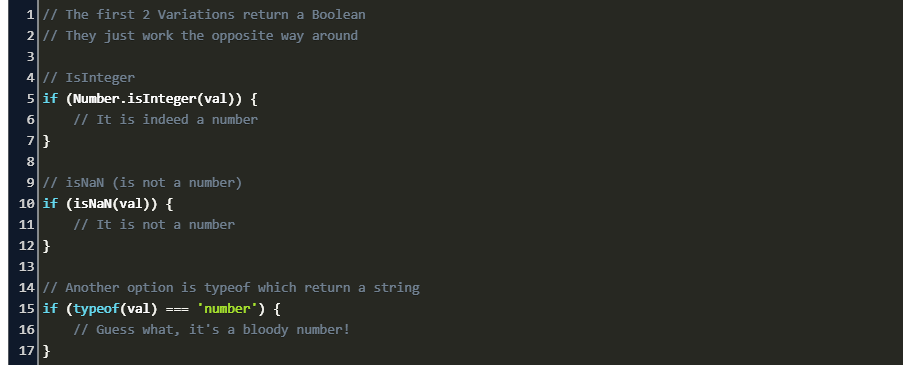

(?nor "Frost" is part of the match results. Matches "Jack" only if it is followed by "Sprat" or "Frost". "Jack" only if it is followed by "Sprat". Lookahead assertion: Matches "x" only if "x" isįollowed by "y". Note: The ? character may also be used as a quantifier. ye\B/ matches "ye" in "possibly yesterday". Same as the matched word boundary, the matched non-word boundary isĪlso not included in the match. Spaces. The beginning and end of a string are considered non-words. Next character are of the same type: Either both must be words, orīoth must be non-words, for example between two letters or between two This is a position where the previous and /\w\b\w/ will never match anything, because a wordĬharacter can never be followed by both a non-word and a word.The end of the string, thus not followed by a word character.

JAVASCRIPT REGEX FOR NUMBER INPUT CODE
This isĭone to ensure backward compatibility with existing code that uses new Unicode flag, these will cause an invalid identity escape error. Unescaped character equivalents in regular expressions. neither have a special meaning when escaped nor * literally, precede it with a backslash for example, More occurrences of the preceding character should be matched forĮxample, /a*/ means match 0 or more "a"s. For example, "*" is a special character that means 0 or The next character is not special and should be interpreted By placingĪ backslash in front of "b", that is by using /\b/, theĬharacter becomes special to mean match a word boundary.įor characters that are usually treated specially, indicates that The next character is special and not to be interpreted literally.įor example, /b/ matches the character "b". Indicates that the following character should be treated specially, orįor characters that are usually treated literally, indicates that (Only when the u flag is set.) Matches the character with Matches a UTF-16 code-unit with the value Matches the character with the code hh (two Do not follow this with another digit.Ĭaret notation, where "X" is a letter from A–Z (corresponding to codepoints If you're looking for the word-boundary character For example, /\S\w*/ matches "foo" in "foo bar". Matches a single character other than white space. For example, /\s\w*/ matches " bar" in "foo bar". Matches a single white space character, including space, tab, formįeed, line feed, and other Unicode spaces. Matches any character that is not a word character from the basic Matches any alphanumeric character from the basic Latin alphabet, matches "B" in "B2 is the suite number". Matches any character that is not a digit (Arabic numeral). So to match a pattern across multiple lines, the characterĬlass can be used - it will match any characterĮS2018 added the s "dotAll" flag, which allows the dot to Note that the m multiline flag doesn't change the dotīehavior.
.png)

Inside a character class, the dot loses its special meaning and "ay", but not "yes", in "yes make my day". \u2029. For example, /.y/ matches "my" and Matches any single character except line terminators: Function creditCardValidation (creditCradNum ) $/ Īlert("Please enter a valid credit card number.Character classes distinguish kinds of characters such as, for example, distinguishing between letters and digits.


 0 kommentar(er)
0 kommentar(er)
